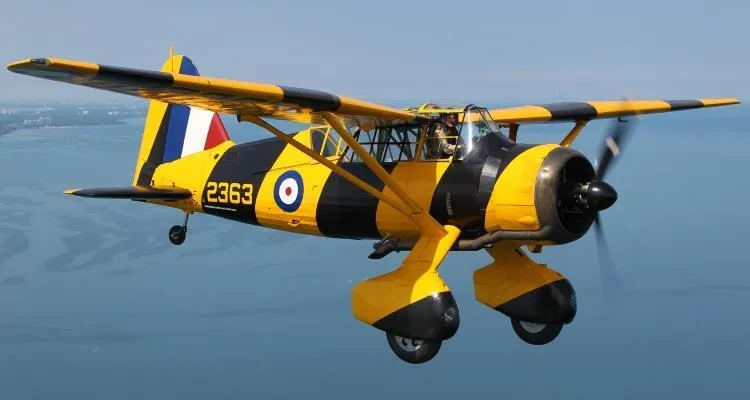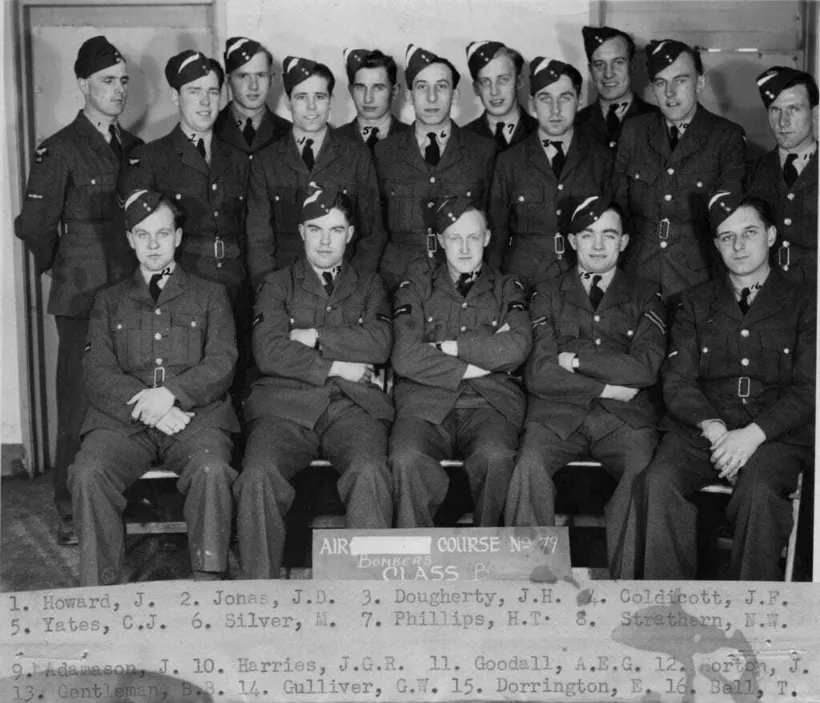Ogden, Alan (Sergeant)
Killed in Flying Accident 1942-September-02


Birth Date: 1921
Born:
Parents: Son of Henry and Jane Ogden. of Ilford. Essex, England.
Spouse:
Home:
Enlistment:
Enlistment Date: unkown date
Service
RAFVR
Unit
7 BGS- Bombing & Gunnery School
Base
Paulson, Manitoba, Canada
Rank
Sergeant
Position
P
Service Numbers
1332655
This incident involved multiple aircraft:
- Lysander Mk. IIIA TT Serial: 2389
- Battle Mk. I Serial: 1962
All the above aircraft in the above list are referenced in this report.
Accident Card - Westland Lysander Mk. IIIA TT serial:2389
This accident involved 2 aircraft on 1942-September-02. They are: Fairey Battle s/n 1962, Lysander IIIA s/n 2389.
This accident involved 5 people. Duncan DW, Lambert KA, Lowe CPA, Ogden A, Smith RE
This accident had 4 fatalities. Leading Aircraftman Donald Watt Duncan RCAF Killed in Flying Accident service no:R/134687 Battle 1962, Sergeant Clement Peter Pruvot Lowe RAFVR Killed in Flying Accident service no:1385640 Battle 1962, Leading Aircraftman Kenneth Albert Lambert RCAF Killed in Flying Accident service no:R/103752 Battle 1962,Sergeant Alan Ogden RAFVR Killed in Flying Accident service no:1332655 Lysander 2389
Lysander serial: 2389

Canadian Warplane Heritage Museum
Westland Aircraft of Yeovil, UK, started to design an Army Cooperation aircraft for the British Air Ministry, in June 1935. The first Lysander flew a year later and demonstrated a remarkable short field performance that today would be seen in a STOL aircraft. At the outbreak of war in September 1939, seven RAF squadrons equipped with Lysanders were sent to France in support of the British Army. In May-June 1940, 118 Lysanders were destroyed in action and 120 aircrew were killed or taken prisoner. These severe losses showed that the old ideas about army support aircraft were out of date and the future lay in fighters like the Hurricane.
The most daring use of Lysanders in WW II was with the Special Operations Executive, which supported the Resistance in German occupied France and Belgium, by flying in agents and picking up escapees. It was during these night operations, that the Lysander came into its own, using its remarkable STOL capabilities to fly into the small fields marked out by the Resistance.
The first Canadian built Lysanders rolled out of National Steel Car factory at Malton, Ontario in September 1939 and later were delivered to RCAF No. 110 (Army Co-operation) Squadron at Rockcliffe, Ontario. In February 1940, No. 110 became the first RCAF squadron to be ordered overseas to Britain, becoming No. 400 Sqn..
By late 1941, most Canadian built Lysanders had been transferred to the British Commonwealth Air Training Plan (BCATP), where they were used for target towing at gunnery training schools. National Steel Car, which became Victory Aircraft, stopped building Lysanders in September 1942, as it started to gear up to manufacture Lancaster bombers. 1,652 Lysanders were built between 1938 and 1943; 225 of them in Canada. Lysanders served with the RAF, RCAF and the RAAF, as well as the air forces of seven other nations. Canadian Warplane Heritage Museum
Aircraft Images
Lysander 2389
Lysander Mk. IIIA TT 2389
Assigned to No. 2 Training Command and used by No. 7 Bombing & Gunnery School at Paulson, Manitoba. Struck off, after Category "A" crash at Paulson, Manitoba, on 2 Sep 1942 when two a/c collided. Flight Sergeant A. Ogden and Leading Aircraftman R.E. Smith took off in #2389 on a gunnery exercise and approximately 8 mi north of the aerodrome, the a/c collided with Fairey Battle #1962. The three-man crew on the Battle, Leading Aircraftman C.P.P. Lowe (pilot) and LACs D.W. Duncan and K.A.Lambert also perished.1942-07-11 Taken on Strength 2019-08-20
1942-September-02 Accident: 7 Bomb & Gunnery School Loc: Aerodrome Names: Duncan | Lambert | Lowe | Ogden | Smith
1942-09-02 Accident Category A 2022-01-09
1942-10-06 Struck off Strength Struck off, after Category A crash at Paulson, Manitoba on 2 September 1942 2019-08-20
Battle 1962
Battle Mk. I 1962
Ex RAF L5118. TOS 3 June 1941 at No. 6 Repair Depot, Trenton. Assigned to No. 2 Training Command 23 June 1941; to No. 7 Bombing and Gunnery School at RCAF Station Paulson, Man 1 July 1941. Pilot blinded by glycol leak; overshot landing across road, Paulson, 7 Oct 1941, Category B damage. To MacDonald Bros, Winnipeg 20 Oct 1941; returned to No. 7 Bombing and Gunnery School 7 July 1942. Collided with Lysander #2389 and lost tail; fell into Lake Dauphin 10 m NW of Dauphin, MB, 2 Sept 1942; SgtC.P.A. Lowe, Leading Aircraftman D.W. Duncan and Leading Aircraftman K.A. Lambert were killed. Category A damage. SOS 8 Oct 1942; Cat A write-off.
1941-06-03 Taken on Strength 2019-08-20
1941-October-07 Accident: 7 Bomb & Gunnery School Loc: NWest Of Aerodrome Names: Freeman | Hoag | Pedrazzani
1942-September-02 Accident: 7 Bomb & Gunnery School Loc: Aerodrome Names: Duncan | Lambert | Lowe | Ogden | Smith
1942-10-08 Struck off Strength 2019-08-20
Unit Desciption
7 BGS (7 Bomb and Gunnery School)
The Bombing and Gunnery School (B&GS) offered instruction in the techniques of bomb aiming and aerial machine gunnery to Air Observers, Bomb Aimers, and Wireless Air Gunners. These schools required large areas to accommodate their bombing and gunnery ranges, and were often located near water. The Avro Anson, Fairey Battle, Bristol Bolingbroke, and Westland Lysander were the standard aircraft used at B&GS schools.
RCAF.Info - RCAF Station Paulson Manitoba